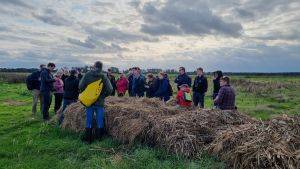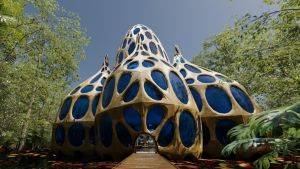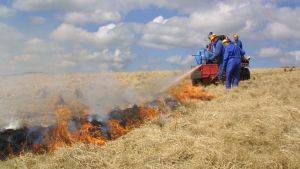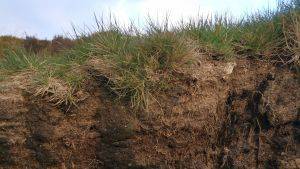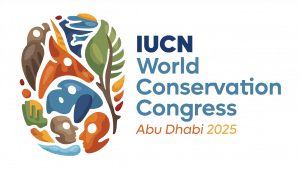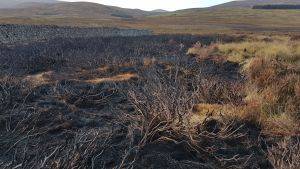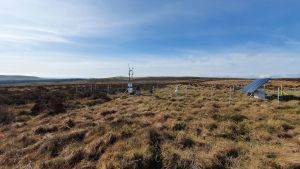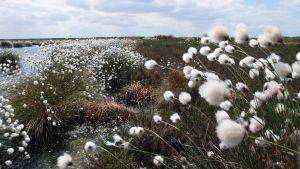From Source to Sea – Keighley Moor An inclusive approach to catchment management on Keighley Moor, South Pennines
Introduction
Yorkshire Water’s work on Keighley Moor shows that an inclusive approach to upland catchment management can deliver improved water quality in a cost-effective way, whilst supporting the many other functions of the moorlands.
Description
The South Pennines are a major water catchment area for Yorkshire, with 120 reservoirs providing 50% of the drinking water for the surrounding population. With more unpredictable weather patterns and ongoing climate change implications, adapting these water catchment areas to be more resilient is becoming increasingly important. Keighley Moor is one of a number of individual moors making up the 25,000 ha of the Pennines owned by Yorkshire Water. Its value is recognised in its designation as part of the South Pennine Moors Site Special Scientific Interest (SSSI), Special Area of Conservation (SAC) and Special Protection Area (SPA). The moor is rented to shooting tenants who manage it for grouse shooting, and to tenant farmers who use it for sheep grazing.
Project Aims
The aim of this project is to find more sustainable, longer term solutions to tackle the problem of water quality at source. However, the management of Keighley Moor is not all about drinking water. It is also about the upkeep and sustainability of Yorkshire’s moorlands. Taking an inclusive approach ensures that there is a fair balance between water quality and the needs and interests of the tenants who earn their livelihoods from the moor. The restoration plans on Keighley Moor are based on raising the water table within the peat, to keep it wetter for longer during the year. Keeping it wet protects it from damage, and helps recreate the conditions which formed the peat in the first place. The moor will still be managed for grouse and sheep, but the growth of the heather will be slower, reducing the need to burn it as frequently. This work will not only achieve better water quality but also ensure the long-term viability of the tenants’ interests in the land. Keighley Moor is also part of the Natural England Ecosystems Services (ESS) Pilot in the South Pennines, whose aim is to value all the services that upland catchments provide: water provision; agricultural produce; biodiversity; flood protection; recreational opportunities; and climate regulation.
Site Activity
Traditional management of heather moorland by muirburn, along with wildfires, historical air pollution and drainage, has led to degrading peat on moorlands and discoloured raw water supplying moorland-fed water treatment works. This discolouration has increased over recent years. The processes for removing peat stain from water are energy and thus carbon intensive, and the cost of treatment raises our water bills. Many things can cause peat to break down, but it is compounded by how the vegetation on the surface is managed. Many upland water catchment areas, such as Keighley Moor, are also farmed for sheep, and managed for grouse shooting. Grouse moor management creates the mosaic of heather moorland with its purple bloom in late summer which defines some of the character of the Yorkshire Pennines. More naturally a moor would be a mosaic of heather on drier areas, and wetter areas of blanket bog where heather is replaced by bog cotton and Sphagnum mosses. Past management by burning and grazing has led to the bogs drying out, which means they can be colonised by heather, which further dries out the peat.
Project Name: From Source to Sea – Keighley Moor An inclusive approach to catchment management on Keighley Moor, South Pennines
Organisation / Lead partner: Yorkshire Water
Approximate area covered: 129 ha
Predominately: Upland
Peat Habitats: Blanket bog

